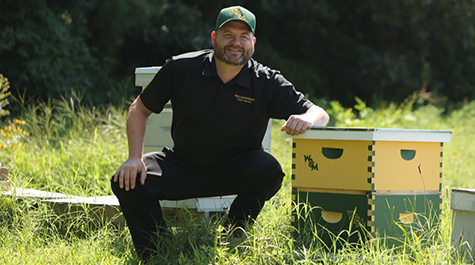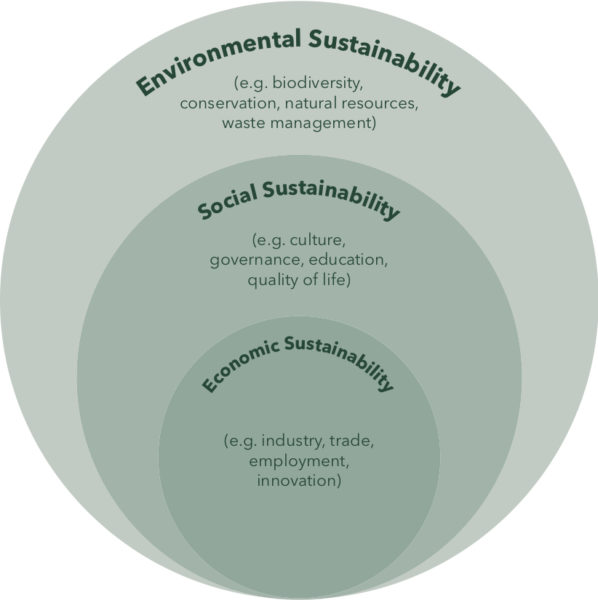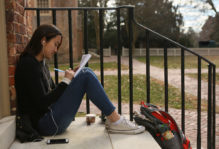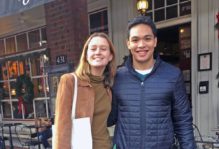What is the Green Fee?
By Lauren French ’22
While unheard of by a majority of students, not many initiatives show William & Mary’s campus-wide commitment to sustainability quite like the Green Fee. The Green Fee is a fund that was voted on unanimously by W&M students in 2008 and provides funding to a wide array of sustainability projects. All tuition-paying students contribute to the Green Fee each semester. A large component of the Green Fee is a grant program that funds student, faculty, and administrator-led projects that advance W&M’s efforts towards intersectional sustainability.
Sustainability considers the social, economic, and environmental impacts of our present actions on people, future generations, and the planet. How are William & Mary’s actions today impacting the world of tomorrow? This question has an infinite number of interpretations and answers. A factor that unites the answers to this question is that they acknowledge the concept of sustainability.
The Green Fee supports students and faculty as they turn their answers to this question into active initiatives on campus. In the past, the Green Fee has funded student research projects, the installation of recycling and composting bins, wellness initiatives, Crim Dell restorations, and much more (check out past Green Fee projects!).

Green Fee bees: Sadler Center Court Operation Manager Stephen Moyer shows off William & Mary’s honey bee hives that Dining Services is cultivating at KelRae Farm. This project was funded by the Green Fee.
The Green Fee encourages proposals that tackle the intersections between the environment and social justice, wellness, public health, and the economy. This year, we are introducing “Intersect Areas” to encourage projects from a vast diversity of community members and subject areas. These Intersects include “Society,” “Economy,” “Wellness,” and “Environment.” Projects can fall under one or more Intersects.
These Intersect areas are meant to help students and faculty think about the far-reaching impacts of their projects. Intersects also aim to encourage community members, regardless of their discipline, to think about how sustainability fits into their particular area of interest.

Sustainability at William & Mary encompasses the dynamic interactions between society and the environment, operating in ways that improve the well-being of all.
If you study social justice, for example, think about how the effects of unsustainable actions, such as pollution from fossil fuel use, impact certain populations of society more than others. Likewise, unsustainable actions may help us to meet our own needs while simultaneously compromising the ability of future generations to meet their needs. How can William & Mary mitigate those effects in the present?
You may hold an answer to this question. With every new member of our campus community comes a new, unique perspective.
When you find yourself wandering through the winding, natural trails near Lake Matoaka, or disposing of a one-use fork in the dining hall, ask yourself how our present actions as a university will impact the future. If you see an opportunity to transform an unsustainable action into a sustainable one, do not be afraid to turn your idea into a reality. Connect with an advisor and propose a project through the Green Fee.
The type of project that is funded by the Green Fee is intentionally broad and unspecific to any one discipline. You are the innovator! The possibilities are endless, and the pen is in your hand. What solutions to sustainability problems will you discover during your time here?
If you have an idea for a Green Fee Proposal, visit the Green Fee webpage at or email sustain@wm.edu with questions!




No comments.
Comments are currently closed. Comments are closed on all posts older than one year, and for those in our archive.